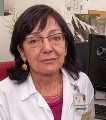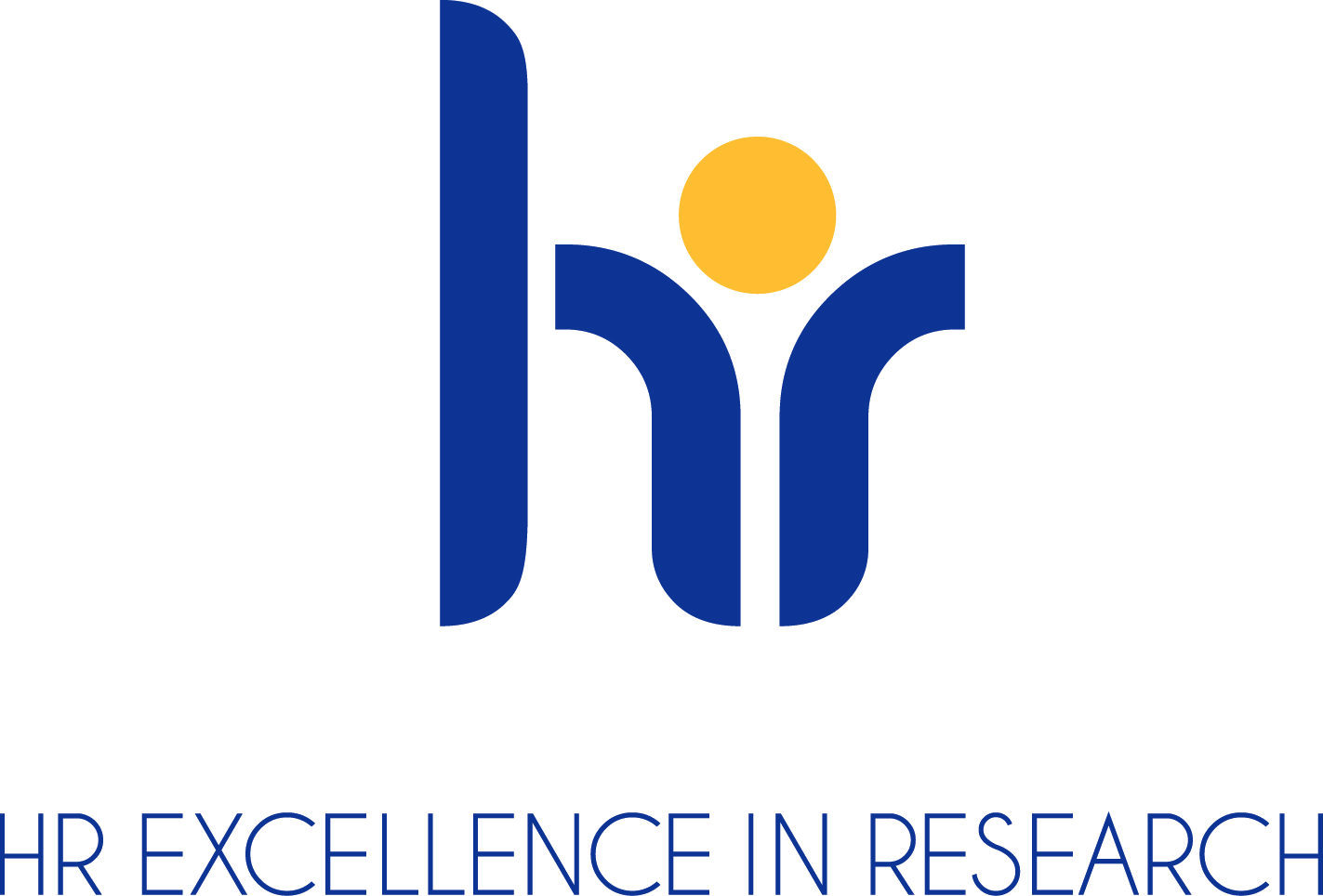A biobank is defined as a public or private, non-profit establishment housing one or several collections of human-derived biological samples for biomedical research purposes. These collections are organised as a technical unit to which criteria concerning quality, order and usage are applied.
The Biobank of Asturias (Biobanco del Principado de Asturias) contains over 60,000 biological samples of human origin, which are available for allocation to research projects. In line with current regulations (Spanish Royal Decree 1716/2011 of 18 November), the Biobank is monitored by an external ethics committee and a scientific committee, made up of professionals of recognised standing, who evaluate all potential sample allocations. The samples housed in the biobanks are also available for potential diagnostic use by donors and their relatives in the future.
The Biobank’s functionality was accredited by the Consejería de Sanidad del Gobierno del Principado de Asturias on 6 September 2013 and it was subsequently added to the Registro de Biobancos (Biobanks Register) under registration number B.0000827 on 6 September 2013. This certificate guarantees that the Biobank of Asturias meets the quality management, traceability and biosafety requirements set out in Spanish Law 14/2007 on Biomedical Research and Royal Decree 1716/2011. (https://biobancos.isciii.es/ListadoBiobancos.aspx)
The Biobank of Asturias has a Quality Management System, on the basis of which it has been granted ISO 9001:2008 quality certification.
The Biobank of Asturias belongs to the Red Nacional de Biobancos (National Biobank Network) of Instituto de Salud Carlos III, which in turn forms part of the European biobank network: Biobanking and Biomolecular Resources Research Infrastructure (BBMRI).
Additionally, the Biobank has been selected, having received one of the highest scores, to form part of the Plataforma de Biobancos (Biobank Platform) established by the Acción Estratégica en Salud (Strategic Action in Health Research) 2014-2017 of the Ministry of Economy and Competitiveness.
The Biobank of Asturias is made up of three subunits:
- The Brain Bank (Banco de Cerebros): housed at the HUCA hub
- The DNA, Plasma and Cells Bank (Banco de ADN, Plasma y Células): housed at the HUCA hub
- The Tumour Bank (Banco de Tumores): comprising a network of Tumour Banks in the hospitals of Asturias.
(retrieved from astursalud.es)
November 2000. The director of the Instituto Universitario de Oncología del Principado de Asturias (IUOPA), Professor Carlos López Otín, contacted Aurora Astudillo, an IUOPA member and clinical lecturer affiliated with the Hospital Central de Asturias (HCA)’s Pathological Anatomy Department, to discuss the benefits that creating a tumour bank in the hospital would bring, and offering IUOPA’s collaboration on the project in the form of funding for technical staff and provision of infrastructure.
December 2000. The CNIO (Spanish National Cancer Research Center ) organised a national meeting to inform attendees about tumour banks, which was attended by Agustín Herrero Zapatero, Head of the HCA Pathological Anatomy Department, Aurora Astudillo, Section Head, and José Ramón Riera, Deputy Medical Director of the HCA. After this meeting, the Medical Sub-directorate agreed to create the Tumour Bank in the centre, governed by the Medical Sub-directorate for Basic Services and managed by Aurora Astudillo. They accepted the infrastructure and staff offered by IUOPA, and all conditions were accepted by the two Pathological Anatomy managers, Agustín Herrero and Andrés Ribas, in February 2001.
March 2001. The HCA/IUOPA Tumour Bank became operational, and Teresa Hernández Iglesias joined as the Bank’s technical manager at IUOPA, leading on the technical roll-out of the Bank. Open meetings were held to inform people about the Bank, as were meetings specifically aimed at surgical staff. Approval of the informed consent text was requested of the centre’s Ethics Committee, via a letter addressed to Rosa María Simó.
July 2001. Attendance of the CNIO’s national Tumour Banks meeting.
September 2001. An interview with Rosa María Simó was requested, regarding approval of the informed consent. She informed Astudillo that both the text to be included in the informed consent for surgery and the Bank’s specific text had been approved, and advised that the latter should be used until the new surgery informed consents with the addendum about the Tumour Bank had been printed.
October 2001. A meeting was held in the Centro de Investigación del Cáncer de Salamanca (Salamanca Cancer Research Centre) of all the Tumour Bank managers in the country, with the aim of forming a National Tumour Bank Consortium. Actions were assigned to attendees and it was agreed to create a shared website.
December 2001. The Chief Executive of HCA, Juan José Fernández, and the Deputy Medical Director for Basic Services entered into a collaboration agreement between the CNIO and the HCA Tumour Bank. No member of IUOPA participated in this agreement.
February 2002. The Tumour Bank consent text was incorporated within the informed consent for surgery by the Centre’s Medical Sub-directorate for Surgery. A Pathological Anatomy technician, Marta Sánchez Pitiot, affiliated to IUOPA, joined the Tumour Bank to help prepare the tumour tissue for research.
Over the course of the year, information-sharing meetings were held in the region’s hospitals to raise awareness about tumour banks, with the aim of creating a Regional Tumour Bank Network.
January 2003. A proposal was put to Consuelo Rayón, coordinator of SESPA’s Cancer Division , to create a tumour bank at the regional level, with nodes in the region’s main hospitals, in: Gijón, Avilés, the Cuencas Mineras district, eastern, western and southern Asturias.
September 2003. Thanks to a grant from RTICCC (Cooperative Research Thematic Network for Cancer Centres), the laboratory infrastructure for quality control of the samples in storage was acquired.
In the same month, the hospital management met with the Bank’s coordinators and it was decided to suspend the agreement that connected the Bank to the CNIO, transitioning to depend directly upon the RTICCC network.
December 2003. In collaboration with the company Soluziona, Teresa Hernández started developing questionnaires on storage procedures in the Tumour Bank, to ensure its compliance with the ISO 9000 standards.
January 2004. By this point, individualised informed consent was in place for all cases collected, this being obtained through interviews between the Bank’s manager and patients.
February 2004. The Bank’s technician, Teresa Hernández, moved on to work with Enrique Álava in the Tumour Bank of the Centro de Investigación del Cáncer de Salamanca, and was substituted by Aitana Vallina, who started work as the new lead technician.
(Retrieved from the IUOPA website)
Edificio FINBA – Local N-1.F.1
Avenida Hospital Universitario s/n
33011 Oviedo, Spain.
Coordinator: Pablo Isidro Marrón
Telephones:
- Office: +34 985652441 / 36883 / 36982
- Laboratory-1: +34 985652442 / 36884
- Laboratory-2: +34 985108000 ext. 38620
- Pager: +34 985108000 ext. 75468
E-mail: biobanco@ispasturias.es
Aurora Astudillo González
- Pathological Anatomy Department.
- Professor at the Universidad de Oviedo, affiliated to the Hospital Universitario Central de Asturias (HUCA).
- Scientific Director of the Biobank of Asturias (Biobanco del Principado de Asturias).
Telephone: +34 985107891
E-mail: astudillo@hca.es
- Ninth National Biobanks Conference in Oviedo (November 2018)























